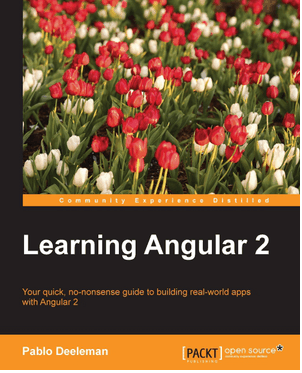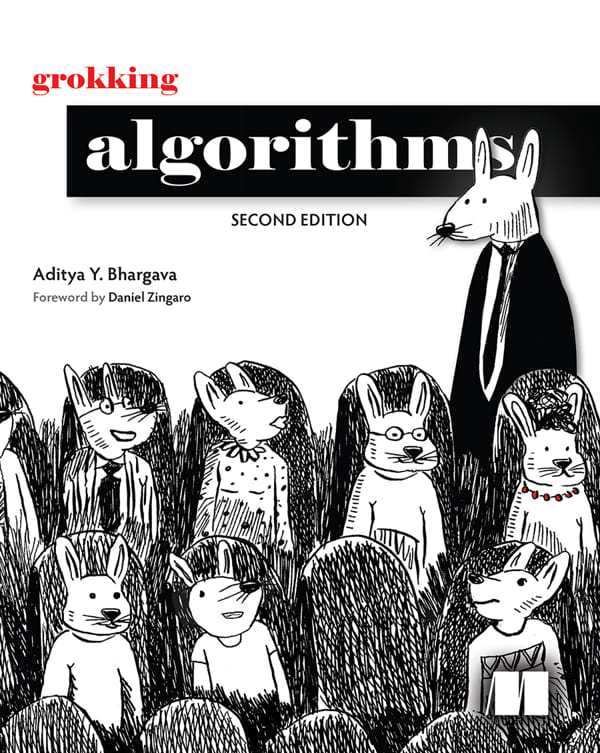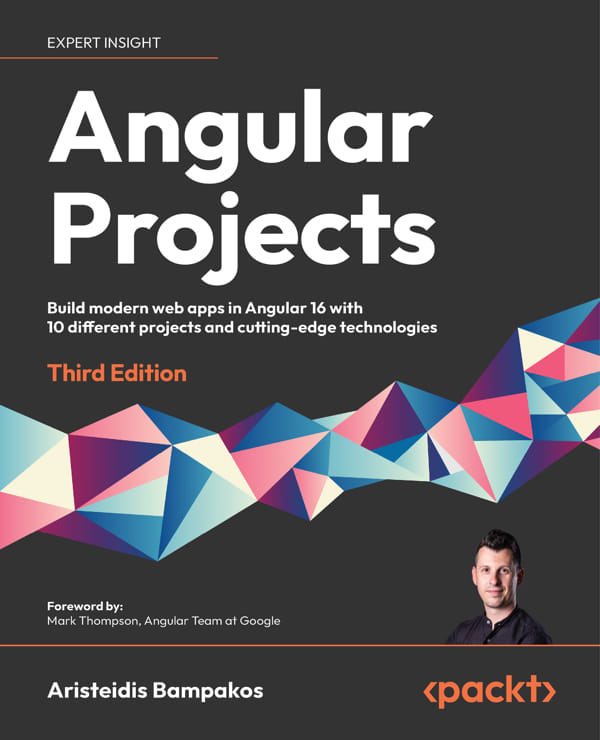Learning Angular 2

در طول سالیان گذشته، Angular 1.x تبدیل به یکی از فراوانترین فریم ورکهای جاوا اسکریپتی برای ساخت برنامههای تحت وب مدرن بزرگ و کوچک شده است. از برخی نقطه نظرات، کاستی هایش در توجه به کارایی و مقیاس پذیری وقتی برجسته میشود که سایز و پیچیدگی برنامه زیاد میشود. پس از آن Angular 2 را یک بازنویسی کامل از پایه پنداشتند بدین منظور که انتظارات توسعه دهندگان مدرنی را که خواهان کارایی و پاسخ دهی خیلی سریع در برنامههای تحت وب خود بودند، بر آورده سازد.
انگولار 2 با توجه به استانداردهای مدرن وب طراحی شده است و هنگامی که میخواهید زبان مورد نظرتان را انتخاب کنید، با پشتیبانی کاملی از ES6،TypeScript و به 5ES کنونی،Dart و CoffeScript، انعطاف پذیری کامل خود را نشان میدهد. ویژگی هایی مانند تزریق وابستگی توکار انگولار، به کاربر اجازهی ساخت برنامههای بسیار مقیاس پذیر و ماژولار را با کدی رسا، پرمعنی و بی نیاز از توضیح میدهد و وظایف نگهداری را به دست باد میسپارد در حالی که توسعهی آزمون محور را به سادهترین شکل ممکن در آورده است. با این حال جایی که Angular 2 خودنمایی میکند موقعی است که سطح بی نظیر سرعت و عملکرد خود را به نمایش میگذارد که باید از سیستم تشخیص تغییرات جدیدش که تا 5 بار سریعتر از نسخهی قبلیش است تشکر کرد. Viewهای تمیز و گرامر بی نظیر مطابق با استاندارد قالب، با فهرستی از امکانات قدرتمند برای ساخت نسل بعدی از برنامههای موبایل تحت وب و برنامههای دسکتاپ ترکیب شده است.
Angular 2 اینجاست که بماند و منجر به تغییری اساسی در روش برنامههای تحت وب توسعه داده شده و پیش بینی شده در سالهای پیش رو میشود. با این حال، به دلیل طراحی و معماری در هم گسیخته اش، یادگیری انگولار 2 ممکن است برای تازه کاران، یک تلاش دلهره آور به نظر آید.
هدف این کتاب دوری از پر کردن ذهن خواننده با منابع API و تشریح فریم ورک، پذیرفتن رویکرد عملی، کمک به خواننده در یادگیری این که چگونه فریم ورک را در ساخت چیزهای مهم از همان روز اول به خدمت گیرند است.
در این کتاب قصد بر این است که به توسعه دهندگان یک دید کامل از این پلتفرم جدید و گرامرش با چاشنی TypeScript بدهد که از طریق ساخت یک پروژه وب از ابتدا تا انتها انجام میشود؛ با مفاهیم پایه ای و کامپوننتهای نمونه شروع میکنیم و در هر فصل به آنها قابلیتهای پیچیدهتری اضافه میکنیم تا وقتی که بتوانیم یک برنامهی تحت وب کامل، تست شده و آمادهی استفاده را در انتهای این کتاب راه اندازی کنیم.
What this book covers
Chapter 1, Creating Our Very First Component in Angular 2, introduces the reader to web components, which are the building blocks of all Angular 2 applications.
Chapter 2, Introducing TypeScript, instructs the reader about the syntax and particularities of this typed superset of ECMAScript 6, being in fact the syntax of choice of the Angular team for building Angular 2.
Chapter 3, Implementing Properties and Events in Our Components, describes how our components behave like state machines that can change their state by receiving data through their input properties and emit data as events through their output properties.
Chapter 4, Enhancing our Components with Pipes and Directives, gives a complete walkthrough of the framework's built-in pipes used to digest data output in our templates, and also the built-in directives that provide advanced functionality to our component. The reader will also learn how to create custom pipes or directives
Chapter 5, Building an Application with Angular 2 Components, devotes an entire chapter to recap what we have learned so far and orchestrates everything to ensure our Angular 2 projects scale well regardless their size and conform to the community coding and naming conventions.
Chapter 6, Asynchronous Data Services with Angular 2, teaches the reader how to implement and deploy HTTP connections with other data services by means of the Http module, so we can create our own data service clients.
Chapter 7, Routing in Angular 2, introduces the reader to Angular 2's router and its built-in directives, providing a complete walkthrough the different strategies we have to load components from routes and handle the state through the History API.
Chapter 8, Forms and Authentication Handling in Angular 2, illustrates the different strategies we have at our disposal to build web forms with Angular 2, manage two-way data binding on input controls, and create complex forms and validations.
Chapter 9, Animating Components with Angular 2, covers the currently available tools and classes for implementing animations on our components, from pure CSS animations handled with Angular 2 directives to more complex transitions purely managed through JavaScript, thanks to Angular 2 animation builders.
Chapter 10, Unit Testing in Angular 2, will guide the reader through the steps required for implementing a sound testing foundation in our application, and the general patterns for deploying unit tests on components, directives, pipes, routes, and services
 می پسندم
می پسندم
 به درد نمی خوره
به درد نمی خوره
















